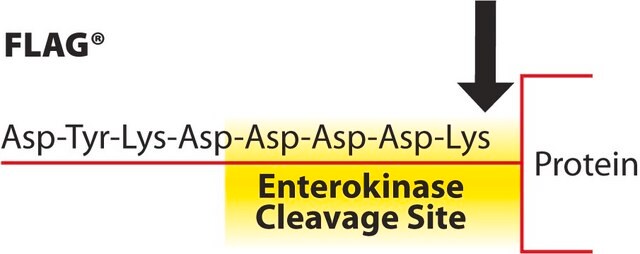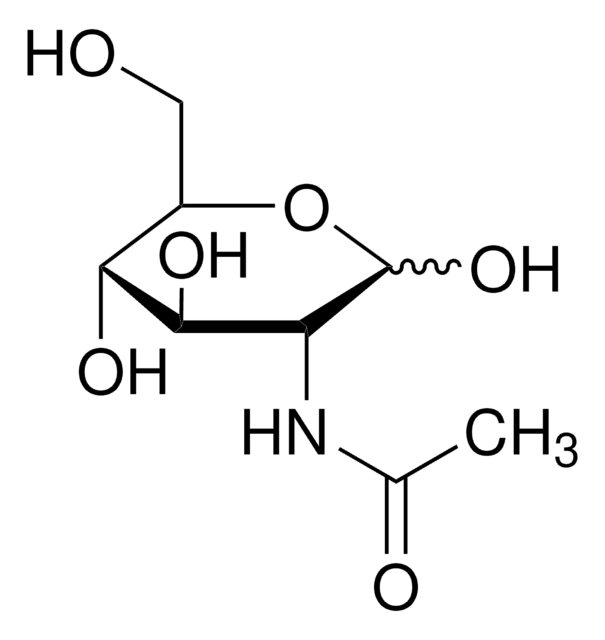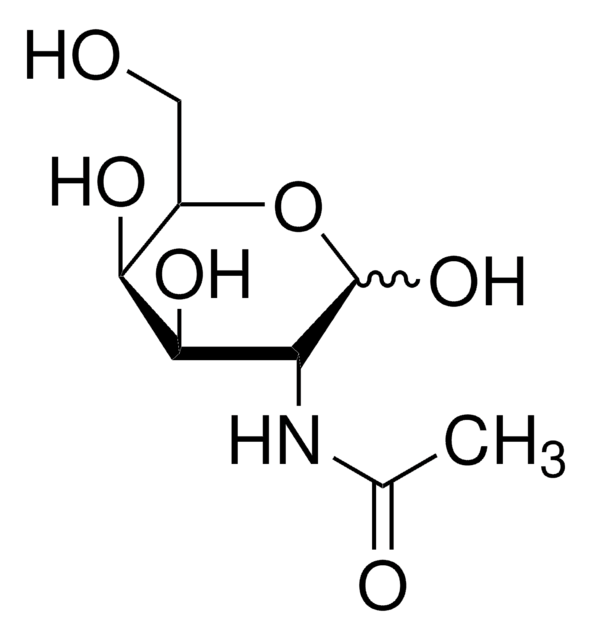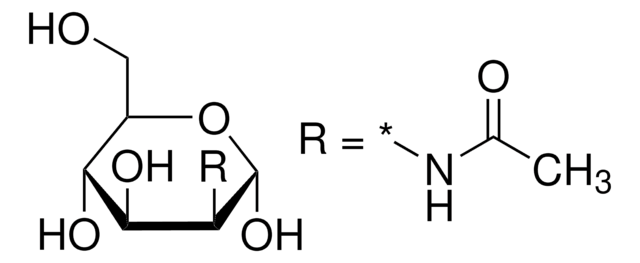ABF1820
Anti-Influenza A nucleoprotein
serum, from rabbit
Synonyme(s) :
Nucleoprotein, Nucleocapsid protein, Protein N
About This Item
Produits recommandés
Source biologique
rabbit
Forme d'anticorps
serum
Type de produit anticorps
primary antibodies
Clone
polyclonal
Espèces réactives
virus, influenza A virus
Conditionnement
antibody small pack of 25 μL
Technique(s)
immunofluorescence: suitable
western blot: suitable
Isotype
IgG
Numéro d'accès GenBank
Numéro d'accès UniProt
Modification post-traductionnelle de la cible
unmodified
Informations sur le gène
SARS coronavirus ... N(1489678)
Description générale
Spécificité
Immunogène
Application
Western Blotting Analysis: A 1:3,000 dilution from a representative lot detected Influenza A nucleoprotein in A549 cells were infected with A/PR/8/34 strain (Courtesy of Dr. Amelia Nieto at CNB).
Western Blotting Analysis: A representative lot detected Influenza A nucleoprotein in Western Blotting applications (Jorba, N., et. al. (2009). PLoS Pathog. 5(5):e1000462; Lukarsk, M., et. al. (2017). Nature. 541(7635):117-121; Tripathi, S., et. al. (2015). Cell Host Microbe. 18(6):723-35).
Immunofluorescence Analysis: A representative lot detected Influenza A nucleoprotein in Immunofluorescence applications (Marcos-Villar, L., et. al. (2018). Sci Rep. 8(1):1230; Rodriguez-Fandsen, A., et. al. (2016). Sci Rep. 6:20744).
Inflammation & Immunology
Qualité
Western Blotting Analysis: A 1:5,000 dilution of this antibody detected Influenza A nucleoprotein in A549 cells infected with A/Victoria/3/75 strain of influenza virus.
Description de la cible
Forme physique
Stockage et stabilité
Autres remarques
Informations légales
Clause de non-responsabilité
Vous ne trouvez pas le bon produit ?
Essayez notre Outil de sélection de produits.
En option
Certificats d'analyse (COA)
Recherchez un Certificats d'analyse (COA) en saisissant le numéro de lot du produit. Les numéros de lot figurent sur l'étiquette du produit après les mots "Lot" ou "Batch".
Déjà en possession de ce produit ?
Retrouvez la documentation relative aux produits que vous avez récemment achetés dans la Bibliothèque de documents.
Notre équipe de scientifiques dispose d'une expérience dans tous les secteurs de la recherche, notamment en sciences de la vie, science des matériaux, synthèse chimique, chromatographie, analyse et dans de nombreux autres domaines..
Contacter notre Service technique







